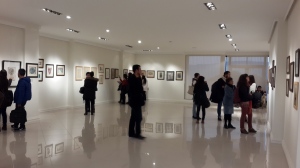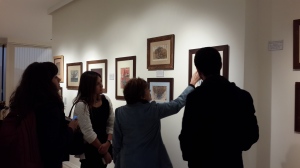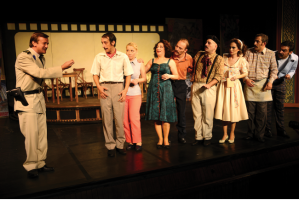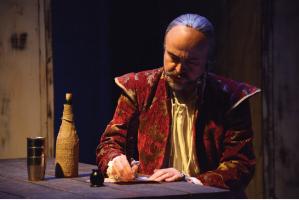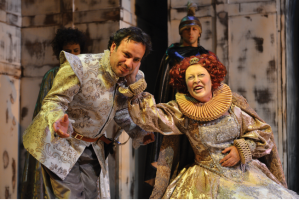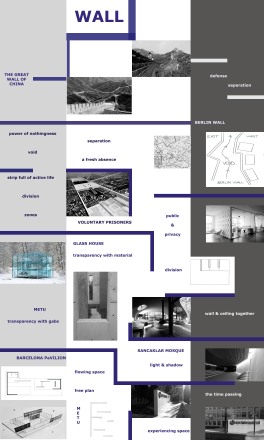As i mentioned before, i was supposed to choose a chapter from the “A History of Architecture” written by Spiro Kostof. Then, i chose “Edges of Mediavalism” , chapter 16, and read it. In this stage, i would choose a topic from this chapter, which i would search and write about until the end of this semester. Before choosing, i am supposed to write about general things which Kostof is mentioning about the architectural history, in this chapter.
The chapter “Edged of Medievalism” starts with this statement: “Destined for great things.” This is a city which includes lots of historical and architectural meaning, and also includes much more important names who are historians, artists, sculptors and architects , in its own history. This city took so important role in ideal, artistic and historical development of Europe. Lots of historians and artists showed us that Florence has a special meaning for developing innovative ideas about art, architecture and politics also. Renaissance discussions started in early 15th century in Florence with Brunelleschi, Donatello, Masaccio. Maybe because of the citizens contentious behaviors, maybe because of the Florence’s position in rivalvy, for example with Pisa, Milan, German Emperor, the pope and his defenders, Florence has always included several discussions and violently frictions. The citizens had frictions also with eachother. Every social group and class in Florence is extremly against with eachother. So Kostof says that “Vengefulness was the order of the day” and asks “Which is the truth about Florence? Was she enlightened or grim, a united city or the product of contentious energy?” then he answers: “Both, really.” Although, People who lived in Florence, discuss, fight, even hate each other, they were proud of being Florentines. The one more thing about Florentines was they believed that they are free, although the real situation was different.
In the “City Center” part, writer mentions about the Roman ideal design which is “beautiful, wide and straight” , then Florence had these 3. The city had an order which reflect the order of social and political orderliness. There is a race with Pisa and Siena, but, Florentines were very ambitious about it and this situation created a superiority for Florence. In the early 14th century, the new public buildings started to clarified the visual relationships in the city center. During the 14th century, some disasters couse depopulation in most of Europe, but Florence did not affect these disasters so much. The Hundred Years War between England and France cause lots of damages in terms of population and economical. So all these provide Florence to be better conditions to live, to think, to discuss and to develop.
The changes in life styles had also changed the city places. When people started to get money from country side, they started to move there, so having a place in country side got to be popular. The town houses also changed from its traditional type into a new residential type of house. Writer says “By the mid 14th century the type was in the process of civilizing itself, turning into something more urbane, less dour.” Although all different trials, the churches had still gothic style in Florence.
Overall atmosphere of europe was not so good as Florence. Wars, Black Death, depopulations weakened the Europe. The cities also suffered from financial mismanagements and there were fights between aristocracies and the working classes.
In conclusion, the mediaval age has some decreasing values in Europe, and some positive things in Florence in terms of art, architecture and politic. So this situation creates a base for Renaissance in Florence and it is the thing what the other parts of Europe need. Before Renaissance, Florence has an important role for all devolopments, so the writer mostly mentions about Florence and its role in Europe.
Kostof, Spiro. A History of Architecture, New York and Oxford: Oxford University Press, 2010.
